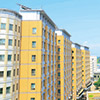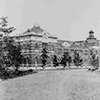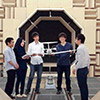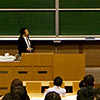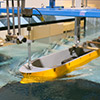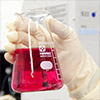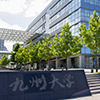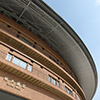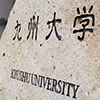Electronic Materials & Devices
Department of Electronics, Faculty of Information Science and Electrical Engineering
Department of Electrical and Electronic Engineering, Graduate School of Information Science and Electrical Engineering
Department of Electrical Engineering and Computer Science, School of Engineering
An exciton, which is an electrically neutral quasiparticle, is a bound state of an electron-hole pair attracted by the electrostatic Coulomb force. The most interesting feature of an exciton is that it can be generated by and converted back into a photon within a short time (<nsec). Thus, excitonic devices potentially bring great improvements to the speed of electronic–optical (E/O) conversion along with significant miniaturizations of E/O converters. The major challenges for excitonic devices are finite exciton binding energy (Eex) and finite exciton lifetime. The small exciton binding energy of typical excitonic materials, such as GaAs, limits the device operation temperature below 125K. While, the exciton lifetime in such materials is less than a nanosecond, allowing excitons to travel only a small distance before it recombines. In this laboratory, we have developed an excitonic device with a new semiconducting material, (ZnO)x(InN)1-x (abbreviated as ZION), which has large Eex as well as large piezoelectric constant. The large Eex potentially enables excitonic devices that are operational at room temperature. Another advantage is the long exciton lifetime, allowing excitons to travel long distance before it recombines. The aforementioned excellent properties of ZION films and its QWs open a new avenue for studies toward the practical use of excitonic devices.
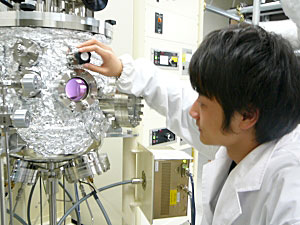
Staff
Prof. Naho Itagaki
The Main Research Topics
- Fabrication of high-speed ultra-small electro-optical converters by utilizing a novel semiconducting material of ZION
- Fabrication of high-efficiency multi-quantum-well solar cells
- Fabrication of rare-metal-free light emitting diodes (LEDs)/laser diode (LDs)


